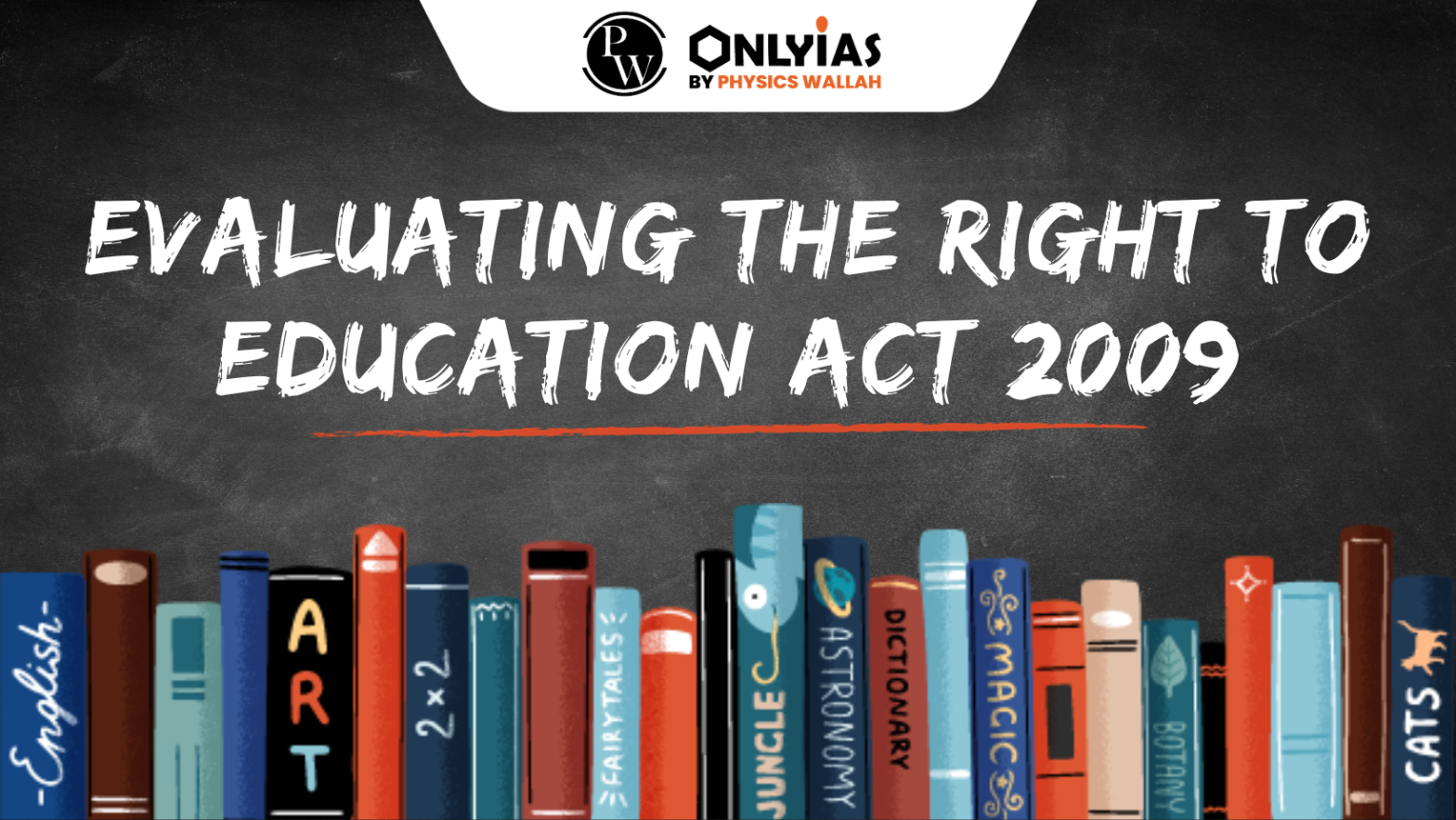This article is based on an Editorial “A mockery of pedagogic ethics, the breaking of a Bond” from The Hindu which explores the Right to Education act.
| Relevancy for Prelim: Article 45 and Article 39 (f) of DPSP, Right to Education Act, 2009, Fundamental Right, No Detention Policy, Samagra Shiksha Abhiyan, Centrally Sponsored Scheme on Teacher Education (CSSTE), Rashtriya Madhyamik Shiksha Abhiyan (RMSA).
Relevancy for Mains: Constitutional Provisions, Right to Education Aims to promote social justice by ensuring equitable access to quality education, Child Welfare, Universalization of Elementary Education, Impact on Society, Policy Evaluation. |
Why in News:
Recently, a student slap incident throws light on poor quality of schooling in rural Uttar Pradesh which undermine the importance of the Right to Education act. By assigning a day for teachers (5th September) and another one for children (14th November), India seems to have forgotten that the two form a bond; no worthwhile education can take place when this bond breaks.
Empowering the Future: The Right to Education Act of 2009
- Introduction of the Right to Education Act (2009): In August 2009, the act was enacted with an aim towards providing free and compulsory elementary education to kids between the age group of 6 years to 14 years.
- Evaluation of Quality Indicators and Right to Education Compliance in Schools: It was done to lay down indicators of quality and an attempt was made in a few States to use RTE-compliance criteria for both government and private schools.
Challenges to the Right to Education Act: From Teacher Training to COVID-19
- Lack of Proper Teacher Training: The regulatory structure of the National Council for Teacher Education (NCTE) is not seriously enforcing its norms even explicitly mentioned in Right to Education act.
- Unmindful Decision: Recently, the Supreme Court criticized NCTE for allowing Bachelor of Education (BEd) degree holders to teach at the primary level, while they are traditionally associated with secondary education.
- Reckless Privatization after Right to Education: Enrolment grew without improvement in working conditions.
- Under the influence of the global policy adviser James Tooley, low-budget private schools multiplied, enabling State governments to merge their own smaller schools in the name of rationalization.
- COVID-19: One of the factors responsible for the loss of momentum in taking the Right to Education seriously.
Right to Education Act: Assessing & Recommendations
- Late Justice J.S. Verma Committee Report: Appointed by the Supreme Court of India in 2008 to examine the various ailments of teacher training.
- Teacher Commission Report: Chaired by D.P. Chattopadhyaya. The report showed how far school teaching in India was from standards and ethics that one might regard as professional.
- The Report had advocated a well-read, thoughtful teacher who is conscious of her decisions and actions.
The Path Ahead toward Right to education Act
- Availability of Rights: Right to Education act needs to consider various available human rights, minority rights, and child rights.
- Adequate Contribution of Teachers: As correctly observed by Dr. Sarvepalli Radhakrishnan, former President of India, that the nation gains little when it enfeebles the school teacher’s voice — individual and collective, there is a need to have proper and adequate teachers’ contributions.
- Proper Behaviour towards Children: Right to Education needs to consider and follow Rabindranath Tagore and Gijubhai Badheka, who created an Indian version of the Montessorian approach which had pleaded for adult kindness towards children.
Conclusion
- The Right to Education Act aimed to provide free education, but challenges like teacher training, privatization, and the impact of COVID-19 hindered progress. To move forward, we must prioritize teacher contributions, children’s well-being, and uphold basic rights.
![]() 14 Sep 2023
14 Sep 2023

